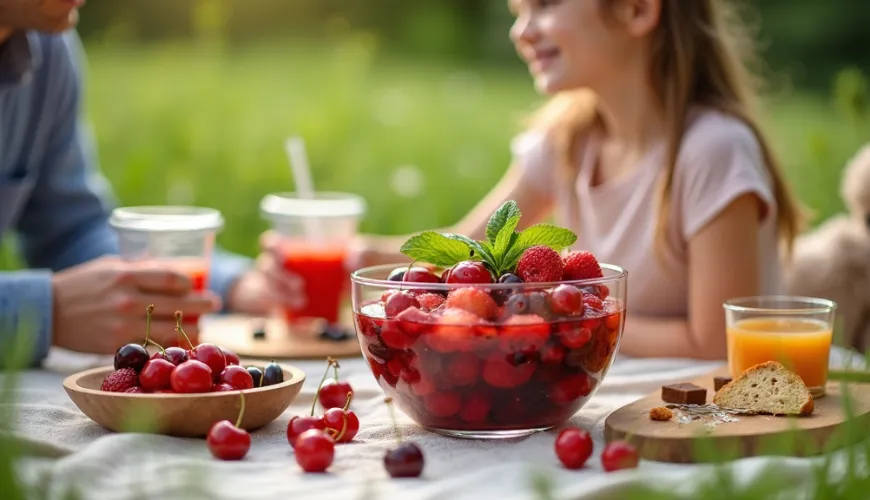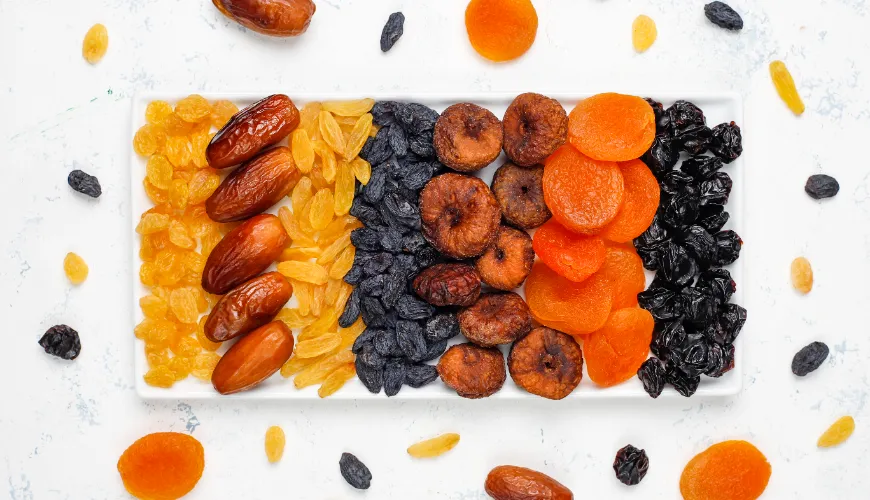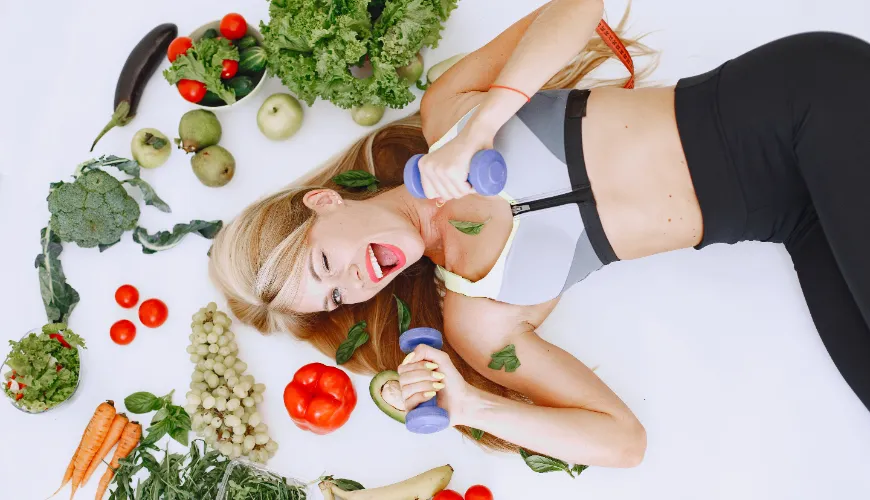
Fruit Punch Recipe That Will Surely Shine in Your Garden

Bowle. A word that evokes summer evenings, the scent of fresh fruit, and the gentle fizz of sparkling wine or lemonade. This popular drink, often associated with celebrations or backyard barbecues, is not only refreshing but also extraordinarily versatile. Its charm lies in its simplicity and playfulness. Finding the perfect recipe for a bowl could mean discovering the ideal complement to a summer evening.
Where did bowle actually come from?
Bowle, as we know it today, has its roots in Germany, where it became a popular party drink especially in the 1950s and 1960s. The word "Bowle" comes from the English "bowl" – the drink was traditionally served in a large glass bowl with a ladle, allowing everyone to serve themselves as they wished. Originally, it was a combination of white wine, sparkling wine, and fruit, often with a bit of sugar and possibly liqueur.
From Germany, this concept spread throughout Europe, and here too, bowle became a popular part of summer celebrations. Today, there are many variations of fruit bowle, from classic to completely non-alcoholic, suitable even for children.
How to prepare the perfect fruit bowle?
The foundation of every good bowle is quality fresh fruit. Ideal candidates include strawberries, peaches, oranges, kiwi, or even pineapple. The fruit needs to be cut into smaller pieces – but not too small, to maintain texture. Always keep in mind that fruit in the drink not only tastes good but also looks appealing – the right color combination will make your bowle the centerpiece of the party.
Next comes the liquid component. In the classic version, it's white wine mixed with a bit of sparkling wine or champagne. For a stronger flavor, sometimes a liqueur, such as peach or elderflower, is added. In non-alcoholic versions, wine is replaced with fruit juices or sparkling lemonade – ginger lemonade works excellently, adding a pleasant tang.
Finally, you can sweeten the bowle lightly, but be cautious with sugar – the fruit provides enough sweetness, and the goal is a refreshing drink, not an overly sweet cocktail.
A proven bowle recipe that never fails
There isn't a single best recipe for bowle – it always depends on taste. However, here is one proven fruit bowle recipe that has won the hearts (and taste buds) of many a summer party guest.
Summer fruit bowle with white wine
Ingredients:
- 1 bottle of dry white wine (Müller Thurgau or Grüner Veltliner recommended)
- 200 ml sparkling wine (e.g., Prosecco)
- 100 ml peach liqueur or elderflower syrup
- 2 peaches
- 1 handful of strawberries
- 1 kiwi
- 1/2 orange
- A few mint leaves
- Ice cubes (optional)
Wash the fruit, peel the peaches and kiwi, and cut into smaller pieces. Halve the strawberries. Place everything in a bowl and pour over the peach liqueur. Let it sit in the fridge for about 30 minutes – the fruit will absorb the flavor and aroma of the liqueur. Then add the white wine and sparkling wine, mix, add mint leaves, and optionally ice. Serve ideally immediately.
This recipe is ideal for 4–6 people and can easily be adjusted based on the number of guests or available ingredients.
Alcohol-free bowle? Absolutely
Bowle doesn't have to be just for adults. At family gatherings or children's birthdays, a non-alcoholic fruit bowle is perfect – just as refreshing, but suitable for everyone.
Simply replace the wine with fruit juice – apple or orange, for example – and use sparkling mineral water or ginger lemonade instead of prosecco. The advantage is that kids can help themselves to the sweet pieces of fruit, and fun is guaranteed. Moreover, this leads even the youngest towards healthier habits – fresh fruit is much better than sugary sodas.
Simple variations according to the season
One reason why bowle has gained such popularity is its endless variability. In winter, it can be based on apple juice with pieces of pears, oranges, and cinnamon – served even slightly warmed as an original alternative to punch. Conversely, in summer, a combination of watermelon, lime, and mint with sparkling water and a bit of agave syrup stands out.
An interesting option is also a bowle with exotic fruit, such as mango, papaya, or pomegranate. If you want to add a gentle acidity to the drink, try adding a bit of lime or lemon juice.
And when time is short, there's always "quick bowle" – chopped fruit, poured over with your favorite sparkling water and a bit of syrup. In just a few minutes, you have a drink ready to refresh and delight.
Little tips that make a big difference
One trick recommended by experienced hosts is to let the fruit marinate in alcohol or syrup at least half an hour before serving. This will give it a more intense flavor and the drink will be more harmonious. It's also advised to add the sparkling components just before serving, so the bubbles don't lose their strength.
Another clever idea is to use large ice cubes or even ice balls with frozen fruit or herbs inside. Not only does it look great, but it also helps keep the bowle cooler longer without unnecessary dilution.
Bowle as an eco-friendly choice
It might not seem like it at first glance, but bowle is also a smart choice for sustainability. Instead of individual soda cans, you offer guests one communal drink, thereby reducing waste. Additionally, you can use seasonal fruit from local sources or even excess from your own garden. And if you use glass bowls and reusable straws, you'll contribute to an even smaller ecological footprint.
An example is a family from South Bohemia that hosts a neighborhood picnic every year. Instead of classic plastic bottles, they prepare homemade non-alcoholic bowle from garden raspberries, cherries, and mint. They serve it in a huge glass bowl, and everyone helps themselves to their own cup – no waste, no stress, just friends.
As an old German saying goes: “Ein guter Bowle bringt gute Laune." And that's what summer is all about – joy, sharing, and lightness.
Whether you're looking for a simple bowle recipe, want to try a proven fruit cocktail, or just need inspiration for your next garden party, bowle offers a great way to combine taste, creativity, and sustainability in one cup.

